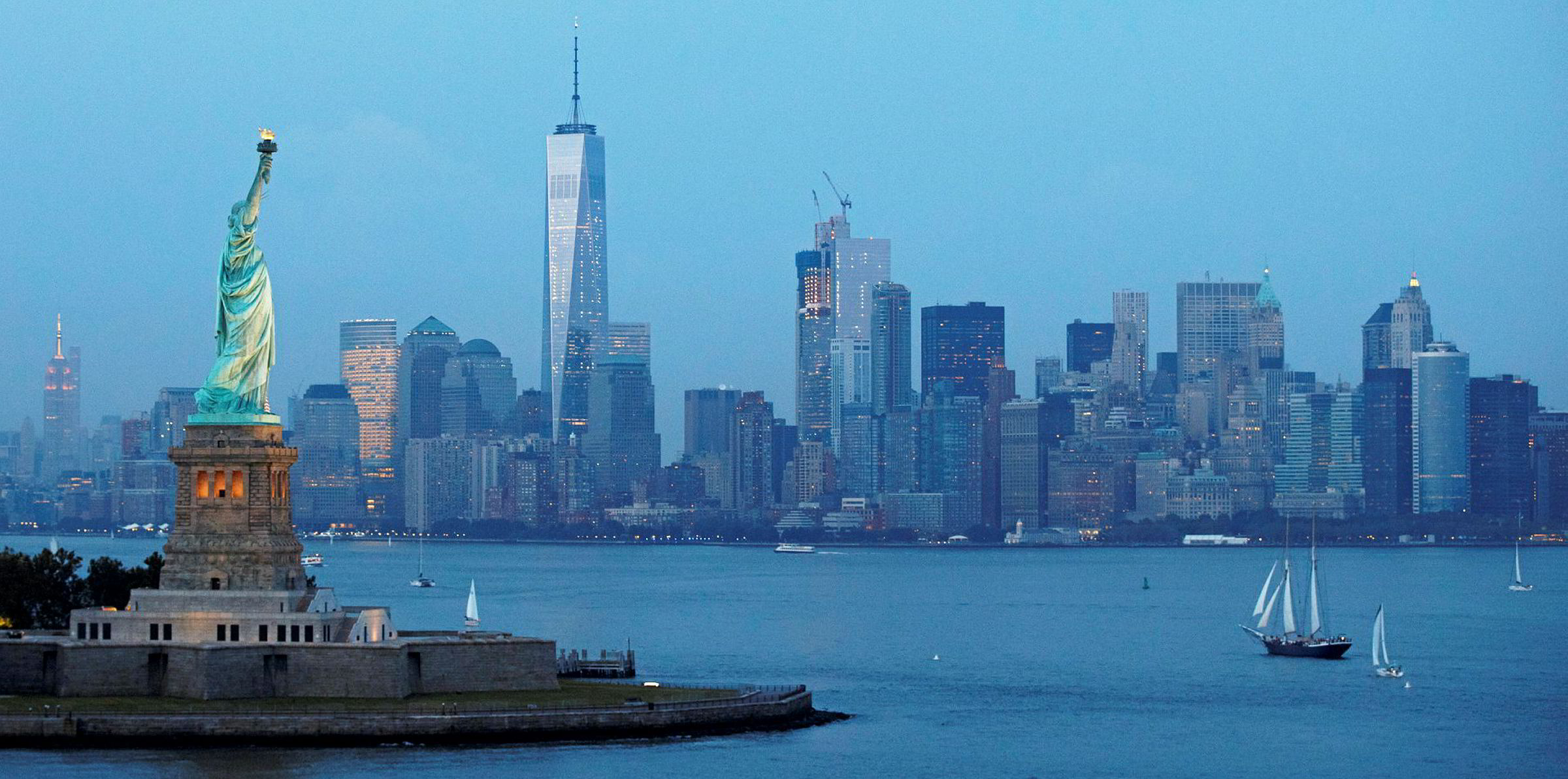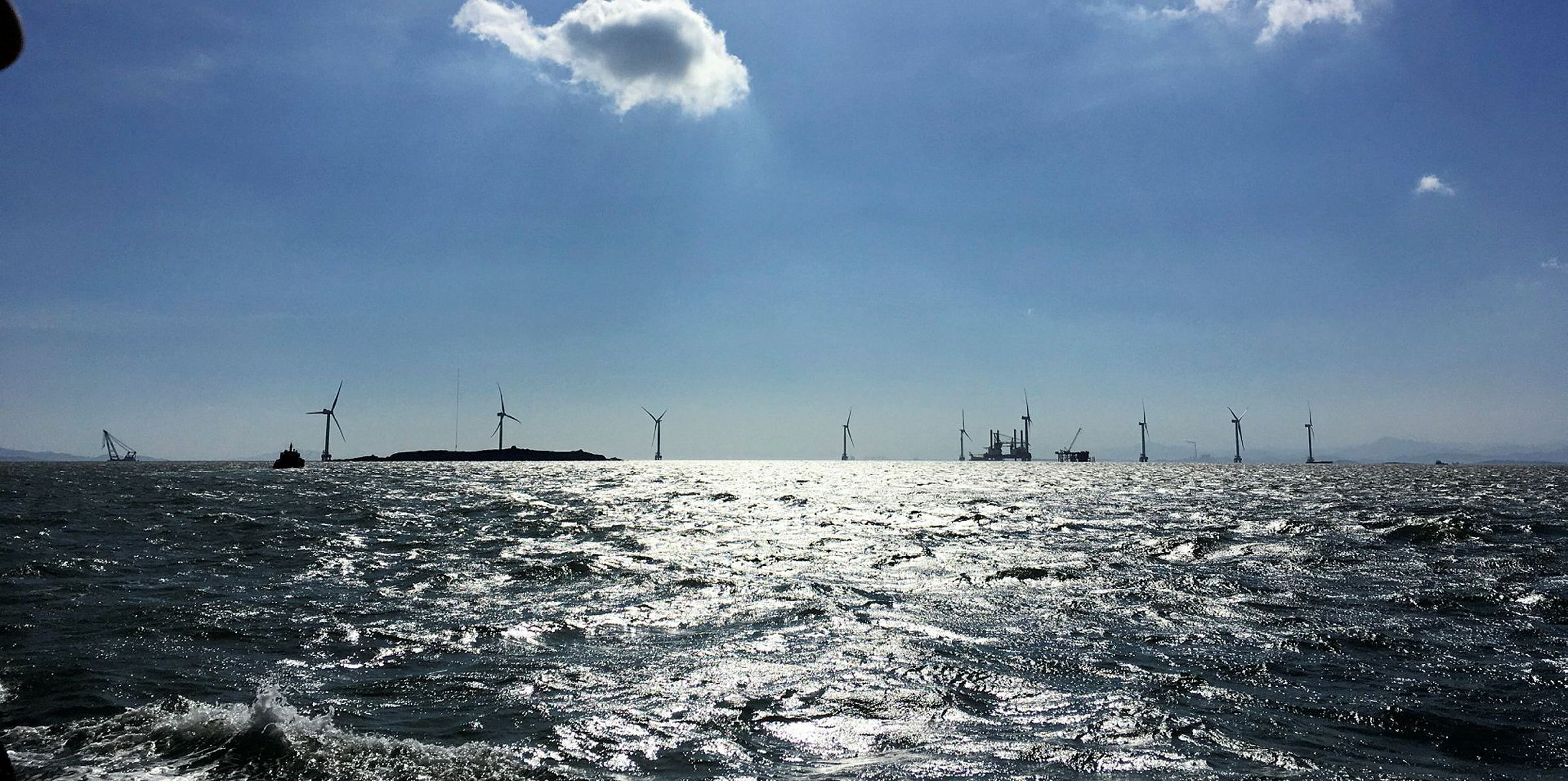Petrogiants Exxon, Chevron, Shell and BP will be fundamental to the rapid industrialisation of the US offshore wind sector, but will have will have a fight on their hands as more established sector developers shape “a new group of supermajors”, said the president of Atlantic Shores, the Shell-EDF Renewables joint venture set up to build a multi-gigawatt wind plant off New Jersey.
Chris Hart, speaking at the US Offshore Wind 2020 Virtual conference, said oil & gas supermajors could offer “five things” that would supercharge the sector, identifying scale, technology development focus, purchasing power, a long-developed health and safety culture, and a history of government affairs as key to offshore wind reaching its “true global potential”.
“These are very large projects, tens is billions of dollars of capex [capital expenditure], decades of operating time, and so those scale [up] concepts are really what is necessary,” said Hart, who is overseeing development of the 183,353-acre lease area in the Atlantic bought in December 2018 as a site for a 2.5GW wind farm to supply both New York and New Jersey.
“Our lease is very large. As BOEM [the Bureau of Ocean Energy Management, part of the US Department of Interior] and we figure out how to handle the size of our lease, [it has been] a source of optimism how open BOEM has been to exploring alternatives with our team to find the most efficient way to bring a lease of this size into production,” he said, noting that New York and New Jersey combined 16.5GW plans meant “many more” of this scale of offshore wind farm.
Hart highlighted too the technology development prowess of international oil companies, which as well as having “strong benches” – meaning R&D testing philosophies – and were “astute at developing new technologies” had a higher system level view that could benefit the overall economics of offshore wind.
“BOP [balance of plant] – there are some very interesting opportunities from a technology development perspective that these very experienced supermajors could play in helping to further optimise the balance of plant for offshore wind,” he said.
Hart, who said Atlantic Shores partner Shell aimed “to taking a leadership role in that transition of [oil & gas] supermajors”, cautioned that the ‘Seven Sisters’ – the group of oil giants now merged into Exxon, Chevron, Shell and BP – might not get everything their way as they diversify into offshore wind.
“There is an interesting tangent you can go down here: are those ‘Seven Sisters’ still the biggest players in the energy industry? Are the extremely successful players in the offshore wind industry currently … establishing a new group of supermajors for this industry?”
Investment in the US offshore wind power industry was on track to eclipse that going into the country’s offshore oil & gas sector within five years as the turbine build-out off its Atlantic seaboard grows to 20GW by 2030, according to new research from Rystad Energy, with annual capital expenditure forecast to surpass $15bn “by the mid-2020s”, before taking a knock from the Covid-19 pandemic.
The US’ National Renewable Energy Laboratory estimates there is a 2TW offshore wind resource – equal to twice the nation’s current electricity use – flowing over the the country’s Pacific and Atlantic oceans.
Available for a limited time only, watch the full session on-demand for free here




